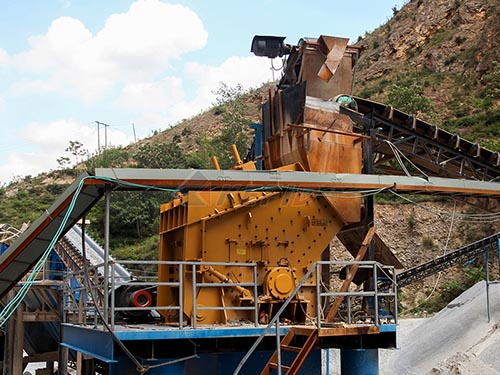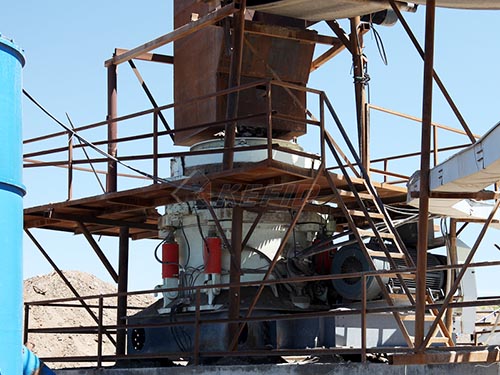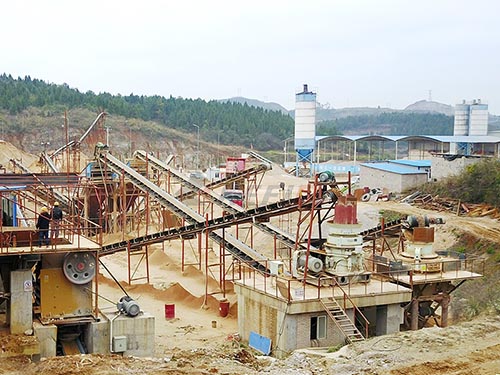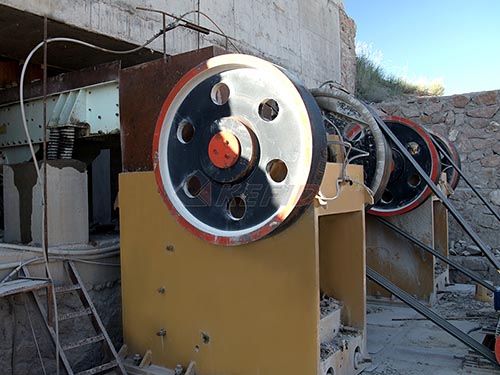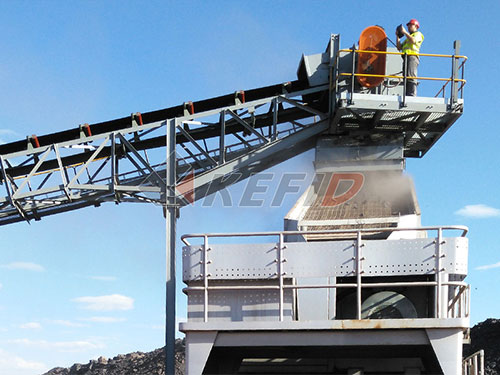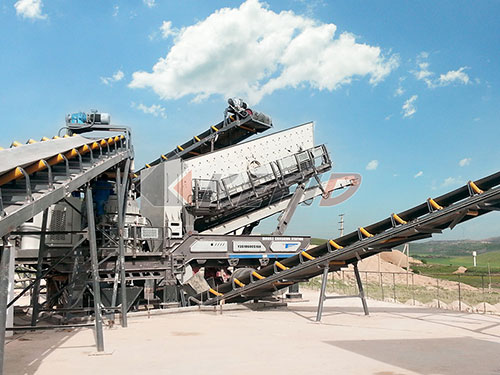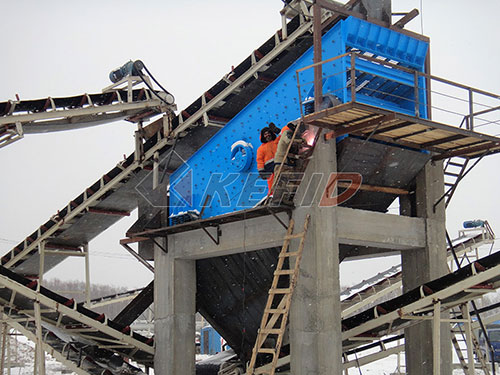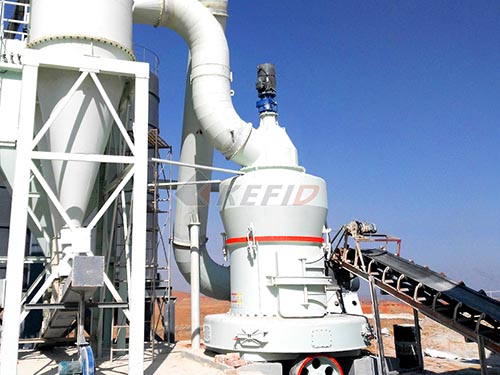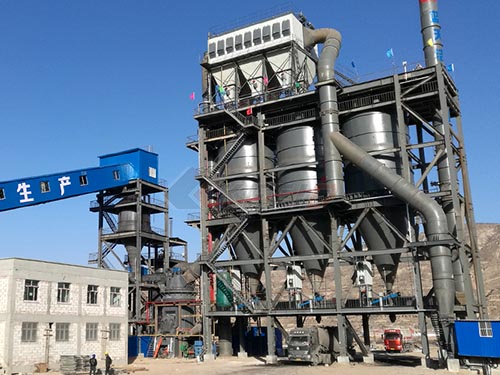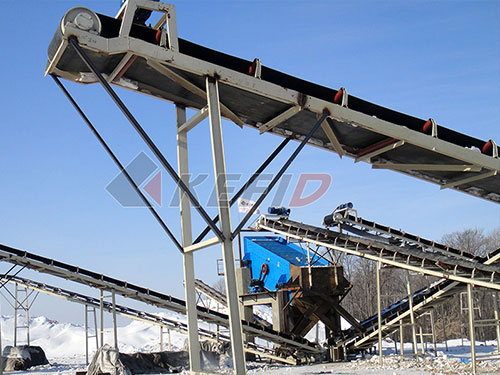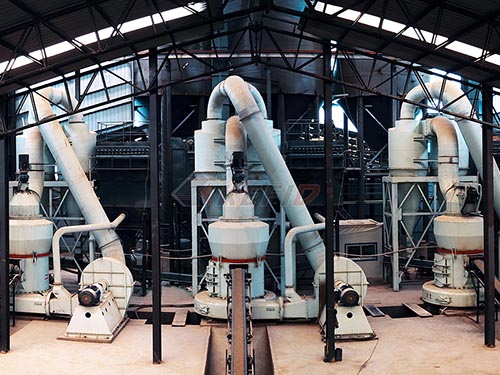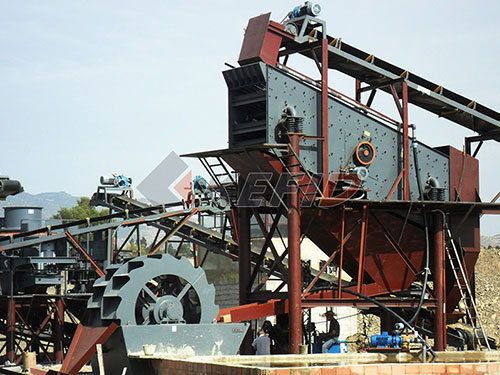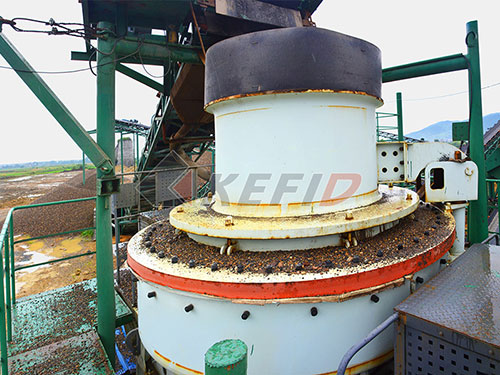Crusher Dust Density: A Foundational Property for Construction Performance
Crusher dust, also known as quarry dust, rock dust, or manufactured sand (M-Sand) fines, is an indispensable material across construction and civil engineering projects globally. Derived from crushing hard rock like granite, basalt, or limestone into coarse aggregates, this fine-grained by-product possesses characteristics critical to its performance in applications ranging from road base layers and pipe bedding to concrete mixes and landscaping substrates.
Among its key physical properties, density stands out as a fundamental parameter with profound implications for stability, strength prediction, compaction control, and overall project economics.

Understanding Crusher Dust Density
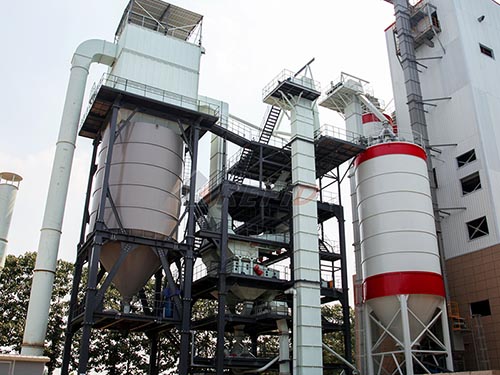
Density refers to mass per unit volume (`ρ = m / V`). For crusher dust specifically, two primary types are crucial:
1. Bulk Density (Loose): This measures the mass of dry crusher dust per unit volume when poured freely into a container without any compaction effort (`kg/m³` or `lb/ft³`). It represents the material in its loosest state.
2. Compacted Density: This measures the mass per unit volume achieved after applying specific compaction energy under controlled laboratory conditions (e.g., Standard Proctor or Modified Proctor tests). It simulates the densest state achievable on-site under defined effort.
Why Density Matters
The density of crusher dust isn’t just a number; it directly influences project outcomes:
1. Predicting Compaction & Stability: Knowing the achievable compacted density is paramount for designing earthworks like road bases and sub-bases (`capping layers`). Engineers use target densities derived from lab tests to specify field compaction requirements (% relative compaction). Achieving these targets ensures:
Adequate load-bearing capacity.
Resistance to deformation under traffic loads.
Minimized future settlement.
2. Strength Correlations: Higher compacted density generally correlates strongly with increased shear strength and California Bearing Ratio (`CBR`) values – key indicators of subgrade stability crucial for pavement design.
3. Material Quantity & Cost Estimation: Bulk density directly impacts volume calculations when ordering material (“How many cubic meters do I need?”). An accurate bulk density figure prevents costly over-ordering or disruptive under-ordering.
4. Permeability & Drainage: Higher densities reduce void spaces between particles, significantly lowering permeability (`hydraulic conductivity`). This can be desirable for creating impermeable layers (e.g., landfill liners) but undesirable where


